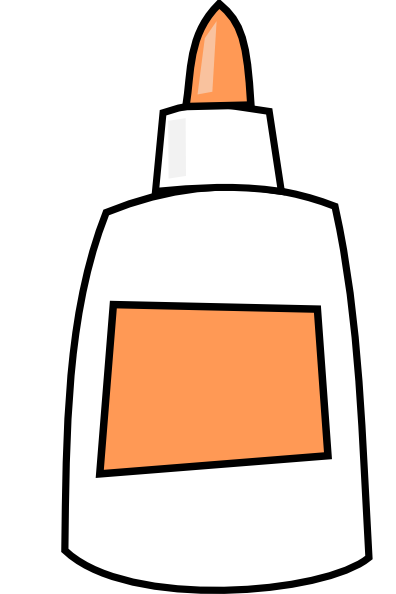Today’s science class was bittersweet as we taught our last lesson to the second graders. In order to wrap up our butterfly unit and bring some sense of closure to the class, we decided to end our last lesson with a read-aloud of the book From Caterpillar to Butterfly by Deborah Heiligman and a group activity. This week we also focused on the instructional skills of differentiation and assessment. These are two important aspects included in all of our lesson plans, which help teachers to individualize instruction as well as assess whether or not objectives have been met.
The book we chose to read aloud to the students suited our last lesson well. Like our second graders, the book told the story of a class that raised painted lady butterflies. Students were very familiar with the life cycle stages as we read through the book and they answered the questions we posed while reading with accuracy. This summary of our butterfly unit led into our next activity during which students made a class alphabet book of the butterfly life cycle facts. Each student received a page with a letter of the alphabet on it. They each chose a word that started with their letter and which related to something that they had learned about the butterfly life cycle. They drew a picture of their word and wrote a fact using the word in a sentence. In order to differentiate this activity for struggling students, we selected letters that would be easier to link to a word related to the butterfly or its life cycle. We also made informational books about the butterfly available to those students who could not think of any words on their own. We posted all of the visuals and posters that we had made throughout the unit that related to the butterfly on the whiteboard, which also helped students with the activity. Another form of differentiation that we included in this activity was our time allotment. Some students took more time to complete their pages than others. In order to give these students the time they needed, we allowed the students who finished earlier to complete another letter page or a cloze writing activity that reviewed the butterfly life cycle. This proved to be helpful because all students were able to complete their pages and stay focused on a task.
The overall objective of this final lesson was for students to be able to write one fact about the butterfly or its life cycle. The alphabet book project proved to be a great activity that easily measured whether or not the students had met our lesson objective. We used a checklist as an assessment tool, which assessed if students wrote about, illustrated and verbally shared their facts with the class. After the students finished their alphabet pages, we gathered them together in alphabetical order in the meeting area. One-by-one, each student read their fact and showed the class their illustrations. In the end, all the pages were contributed to the class book and each student was awarded a “Butterfly Expert” badge of honor! Two things I will always remember about this final lesson were how all of the students applauded one another after the last student had read his word for the letter ‘z’ and how they all cheered when we showed them the science packet of their completed work that they could keep and take home. Their excitement was definitely evident and it was clear that they had all enjoyed learning about the butterfly life cycle over these past few months. I am thankful for this experience and look forward to more exciting adventures with science in the future!











